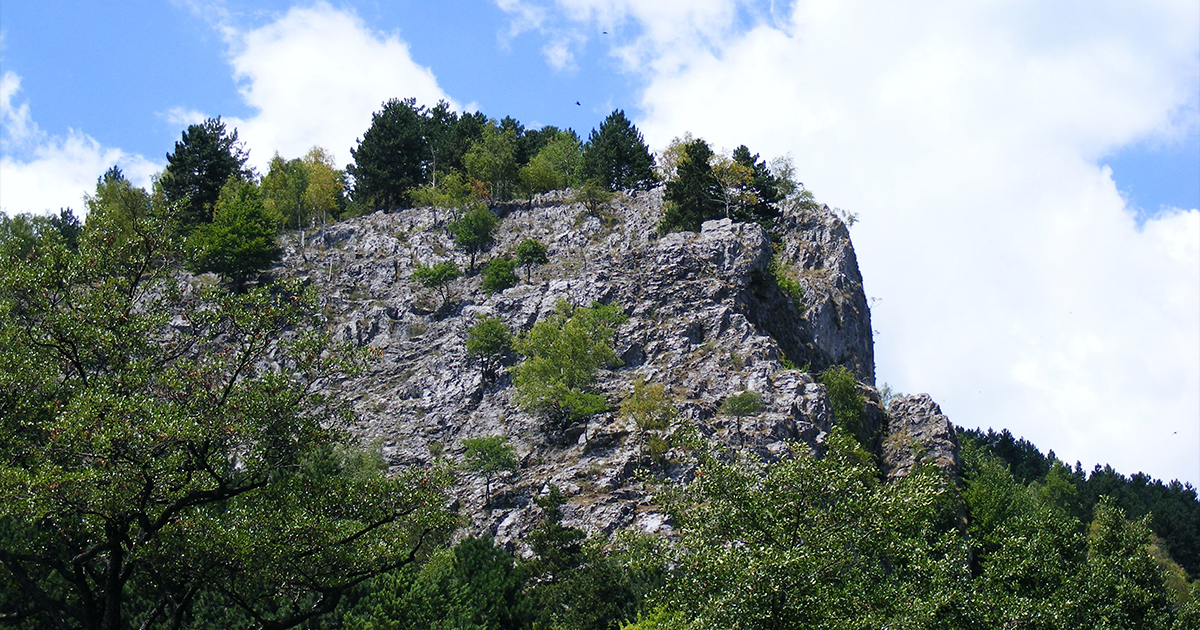Topic Menu
► Topic MenuTopic Editors


Green Mining

Topic Information
Dear Colleagues,
Mining is the basic industry for social development and national economic construction. In the whole process of mineral resource exploration and development, scientific and orderly mining is implemented. Disturbance to the ecological environment around the mining area is controlled within a controllable range. It is of great significance to realize environmental ecology, scientific mining methods, efficient utilization of resources, digitization of management information, and harmony of mining communities. This research topic aims to provide a platform for new research and recent advances in green mines technology. To promote the development of green mine construction, we encourage the submission of high-quality original research papers, including but not limited to the following topics:
- Safety and sustainable mining;
- Mineral resource management;
- Intelligent mining technology;
- Mining equipment;
- Geomechanics and geophysics;
- Rehabilitation of mine sites;
- Human–machine–environment system;
- Green exploration in mines;
- Mine safety and personnel health;
- Harmless treatment of solid waste in mines.
Prof. Dr. Kun Du
Dr. Jianping Sun
Topic Editors
Keywords
- green technology
- structure engineering
- mining engineering
- rock mechanics
- environmental protection
- life cycle of mines
- fracture mechanics
- slope stability
- economics and policy
Participating Journals
| Journal Name | Impact Factor | CiteScore | Launched Year | First Decision (median) | APC |
|---|---|---|---|---|---|

Energies
|
3.2 | 5.5 | 2008 | 16.1 Days | CHF 2600 |

Geosciences
|
2.7 | 5.2 | 2011 | 23.6 Days | CHF 1800 |

Minerals
|
2.5 | 3.9 | 2011 | 18.7 Days | CHF 2400 |

Remote Sensing
|
5.0 | 7.9 | 2009 | 23 Days | CHF 2700 |

Sustainability
|
3.9 | 5.8 | 2009 | 18.8 Days | CHF 2400 |

MDPI Topics is cooperating with Preprints.org and has built a direct connection between MDPI journals and Preprints.org. Authors are encouraged to enjoy the benefits by posting a preprint at Preprints.org prior to publication:
- Immediately share your ideas ahead of publication and establish your research priority;
- Protect your idea from being stolen with this time-stamped preprint article;
- Enhance the exposure and impact of your research;
- Receive feedback from your peers in advance;
- Have it indexed in Web of Science (Preprint Citation Index), Google Scholar, Crossref, SHARE, PrePubMed, Scilit and Europe PMC.

